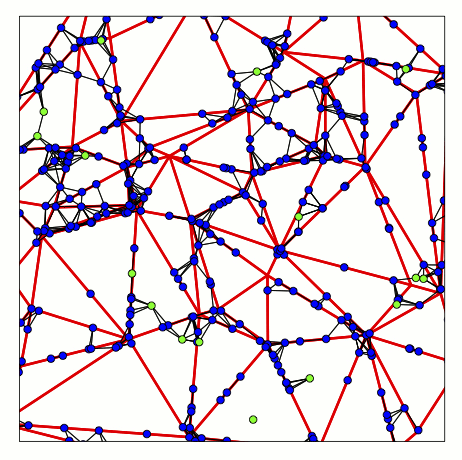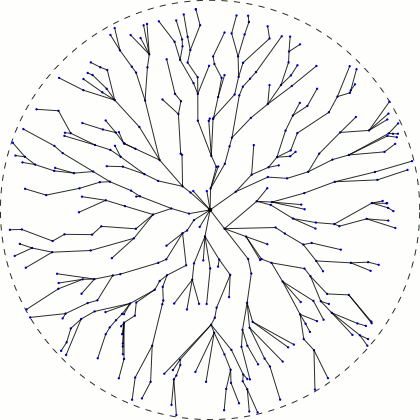This group existed from 2014 to 2017. It was led by Wolfgang König.

Present day telecommunication networks are ill equipped for the rapidly growing demand for mobile data transfers. With the fifth generation of mobile networks, paradigmatic shifts in the design of the network are on the agenda. A critical aspect here is the role of infrastructure. Multilayered cellular networks with possible incorporation of relaying mechanisms are under investigation not only in the scientific community, but also in industry. All these new designs have in common a rapid increase of degrees of freedom in the system. The central role of (expensive) base stations is reduced in favour of an increasingly important rôle of (cheap) relays. In particular, also the users of the system will be attached a relay functionality in the system. As a result, the network becomes more and more decentralised. First implementations of peer-to-peer (P2P) communications for public use are already available. Exploring the possible benefits of such new architectures is in full swing in the academic and the industrial research.
One promising way to cope with the new and more complex structures that arise is to exploit probabilistic methods. Indeed, fundamental ansatzes from stochastic geometry (e.g., spatial Poisson processes, continuum percolation theory, ...) are widely used for modelling the spatial locations of the users, the relays and the base stations and their basic connectivity properties. For the description of temporal developments, standard methods from stochastic processes (stochastic interacting particle processes like bootstrap percolation or the contact process) are commonly used to model the spread of information through a network.
The group is performing its mathematical research on connectivity and capacity problems in mobile relay-augmented probabilistic models in cooperation with the Leibniz-Institute "Innovations for High Performance Microelectronics" (IHP) and further partners. Its expertise includes dynamic modelling of message propagation in dense networks, bottleneck behaviour in Device-to-Device (D2D) systems, connection times in large networks without infrastructure and wifi-augmented mobil urban communications models.

Highlights
One of the highlights of the past years is an industry collaboration with a large European telecommunications company with the goal to better understand large scale D2D networks build on realistic street models.



